How to get started with Triggered Email Marketing
The nurturing process does not end with the acquisition of new subscribers; that’s where it starts. You need to prepare your team to give value across the lifecycle journey in order to convert purchases into loyal customers.
Sending trigger emails depending on customer behaviors is a successful method for retaining your audience’s interest and money. It also contributes to a more personalized experience for the recipient.
The goal of triggered email marketing is to offer relevant information every time. You can provide your audience with the information they need at the right moment by engaging them with triggered emails. This type of marketing automation can assist in motivating your prospects to execute a specific activity, with the ultimate goal of converting sales. It allows your staff to concentrate on what is most important: keeping and building relationships with your customers.
In this article, I will share with you everything you need to know to get started with triggered email marketing.
Let’s jump right into the details!
What are trigger emails?

Trigger emails are sent to your customers’ inboxes in response to their actions. The majority of trigger-based emails are classified into two types: event and segment.
Emails in event-based emails are triggered by activities taken by customers at a certain moment. Customers, for example, receive a confirmation email every time they make a purchase.
Segment-based emails are the emails your customers receive when they meet a specific set of criteria, such as qualities or activities. If a customer signs up for your “Enterprise Plan,” you can select to send only email campaigns tailored for enterprise brands to that audience. Here is a complete guide for you to segment your email list!
The benefits of triggered marketing emails
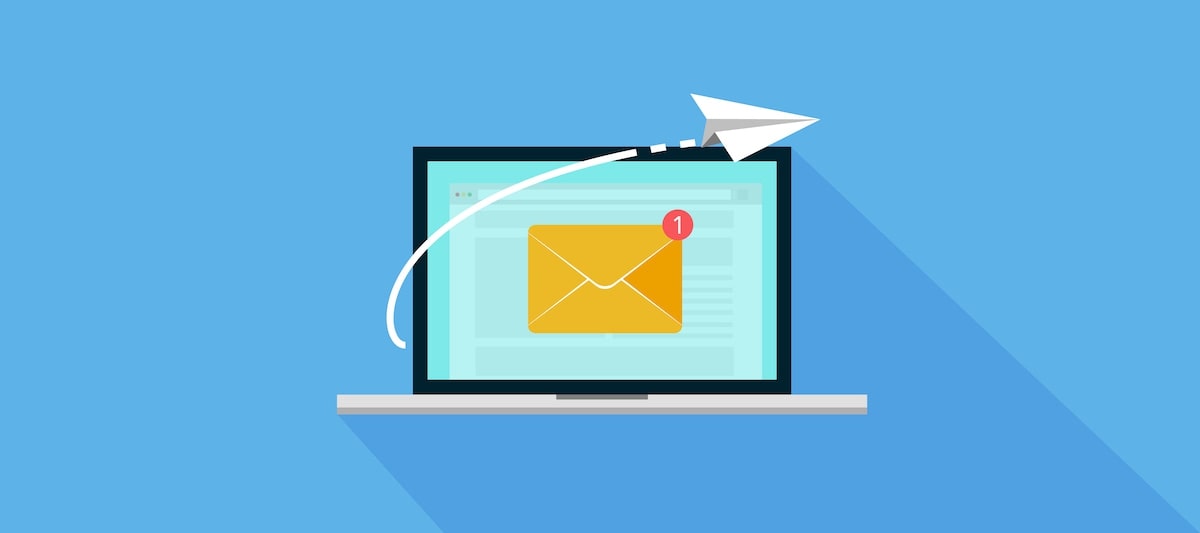
- Make your customers happy. Sending triggered emails shows your customers that you care about providing them with valuable information.
- Nurture your prospects. The recipients may not be ready to buy right now, but nurturing them and giving them useful information on a regular basis may help them become customers later on.
- Boost customer retention. It costs 5 times as much to attract a new customer as it does to retain an existing one. Re-engagement emails can assist you in re-engaging inactive subscribers.
- Save time. The automated emailing method assists you in reducing the quantity of operational activities. It’s especially handy if you’re working with a small team.
7 common types of triggered marketing emails
Because triggered emails and automated email campaigns work best together, you should spend some time looking at some of the most common types of triggered emails.
1. Welcome emails

Not only do automated email campaigns have approximately 70% greater open rates than standard emails, but when that email contains an automated welcome letter to new subscribers, your open rates increase.
Welcome emails are opened ten times more frequently than most other emails, so if you don’t take the time to properly welcome your new email subscribers, you’re missing out on tons of engagement opportunities.
Welcome emails are automated emails that are delivered once a new subscriber completes the opt-in procedure. These messages usually make the reader feel welcome while also outlining the following steps, such as:
- An introduction to the company’s brand/CEO
- What they can anticipate from the brand
- CTAs that direct them to other stuff worth exploring
Because the goal is not to overload your new subscribers, welcome campaigns are frequently divided into small series that are broken down into distinct components. These series are further automated based on several parameters such as preset time intervals and subscriber habits.
2. Onboarding emails
While welcome and onboarding emails are frequently included in an automated welcome series, they are two quite separate emails. An onboarding email differs from a welcome email in that it is designed to get your new subscribers started in the purchasing process.
As part of the HelloFresh welcome series, for example, new subscribers are not only welcomed to the company, but they also receive emails encouraging them to sample their food services. In the following example, the onboarding email may have been sent after the subscriber studied a few menu selections available to members. So the brand now wants to demonstrate to the subscriber how simple it is to get started.

Many of these onboarding emails feature some form of incentive to entice subscribers to take action. In this case, the incentive is a one-of-a-kind $20 off each of your first three deliveries. This is a wonderful approach to entice new subscribers to join.
3. Transactional emails

Transactional emails can take many different shapes. The most typical transactional email, however, is one that is triggered by a purchase. When a customer places an order from your ecommerce site, a digital receipt is delivered to their email address on file or to the one they gave at checkout.
While the most frequent transactional email is prompted by a purchase, these emails can be triggered for a variety of reasons. The transactional email is an email that is sent to confirm the completion of a transaction. This can be in the form of a purchase or any of the following:
- Password reset notification
- Registration confirmation
- Cart abandonment email
- Feedback request
- Even confirmation email and more
When any of these transactions is completed, an automated email recognizing the triggered email should be delivered to the consumer to confirm what happened and when. Even better, those who use automated transactional emails into their marketing strategy receive 8 times the number of opens and clicks as any other sort of email, as well as 6 times the sales.
This transactional email could be triggered in a variety of ways. This email may have been sent automatically as part of the initial setup procedure to check that the customer who is logging into an app is who they claim to be. Another possibility is that the user has forgotten their app login password. If they clicked the “forgot password” option, they may have prompted this email to confirm that they are who they say they are, allowing them to proceed with the password reset procedure.
4. Re-engagement emails

Re-engagement emails are automated messages that are delivered to anyone who meets your brand’s specific definition of “inactive.” Some subscribers just go inactive; nevertheless, rather than dismissing them as a lost cause, you should strive to re-engage them and encourage them to return.
This can be accomplished by establishing a re-engagement campaign with a start trigger that is activated when someone stops connecting with your email content after a certain amount of time. For instance, if you identify an inactive subscriber as someone who hasn’t interacted with your emails in 6 months, a re-engagement email should be automatically sent to re-engage them.
5. Product inventory updates
Product inventory updates are a fantastic automatic campaign that may be sent to customers if you have an ecommerce website. If you’ve been carefully tracking user activity via website cookies or email pixel tracking, you may be sending out automated emails that are triggered by specific customer behaviors.
In this case, Sephora was most likely analyzing their customers’ behavior and discovered that they were paying special attention to this sold-out product. Having said that, once the product is available again, an automated trigger email will be sent to individuals who have been paying close attention to this one product.

6. Event announcements
Another fantastic area for launching automated marketing is event notices. While many marketing teams will choose to send these emails to everyone on their email list automatically, some brands provide consumers with a preference center.
Subscribers can use this preference center to select which segmented lists they want to be a member of. If they opt in to get information about impending events, a trigger is set for later.
When an event notification becomes available, it is automatically distributed to those on the list.

7. Survey/feedback emails
Finally, the customer feedback/survey email is a triggered campaign that should be included in your automated email campaigns. These emails are fantastic since they may be triggered by almost any type of event, such as:
- Purchase
- After attending a webinar
- Following an event
- After downloading free content
- Etc.
These emails not only help you to collect valuable feedback from your customers, but they also allow your audience’s voice to be heard, something they want with any business.
How to create triggered emails
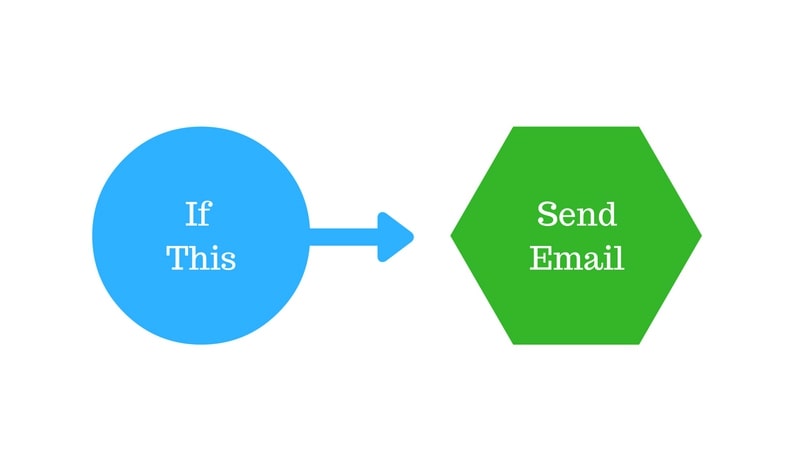
It is simple to create a triggered email; most business owners use email marketing software to do so. The exact processes may vary depending on whatever email marketing solution you use, however you may generate your own triggered emails by following these broad steps:
Step 1: Create the automation flow
First, you will determine the email’s trigger (e.g., an abandoned cart, a subscription or a purchase). You will also select the email address from which the message will be sent, as well as the display name.
Step 2: Create the email
Create the email that will be sent by the trigger. Give it a powerful subject line, concise language, and a call to action that directs the customer to the next step. The email should explain why it was sent to the customer; you’ll want the customer to feel as if this email was written just for them.
Step 3: Segment your audience
You can segment your recipients based on age, gender, geography, and user behavior for better targeting. Segmentation allows you to send emails to the specific recipients you want, which can boost your return on investment.
Step 4: Save the trigger
Finally, save your automated email and let it do its job! Before sending the triggered message to your customers, you can conduct a test campaign to ensure that it functions properly.
7 Trigger Email Marketing Best Practices and Tips

Customer journeys, triggered emails, and automated campaigns Whatever you call them, these campaigns are effective ways to provide personalized content to your subscribers. Following these best practices for triggered emails will help you optimize every campaign you send.
1. Select the right data source
To begin, you must establish where you will collect information about your subscribers. This data will then be used to curate relevant content and tailor your campaigns. You can get information from a variety of sources.
- Where did they sign up for your mailing list, and what does that reveal about their interests?
- Which of your products and web pages do they visit?
- Do people interact with your material across numerous channels?
- What products did they purchase?
- Etc.
2. Segment your subscriber list.
To build more targeted automated campaigns, categorize your subscribers based on demographics and criteria such as:
- Location
- Gender
- Age
- Engagement and activity
- Work status
- Work title
- Job
- Etc.
These are only a few examples of common segments. Keep in mind that the more specific about your audience you can be, the better.
3. Set one specific objective for each triggered email campaign
Do you want your subscriber to buy something? Have you visited a specific landing page? Do you want to sign up for an event? Setting a single goal for each campaign will help you keep your material clean and succinct. If you start stretching your goals too far, your subscribers may become overwhelmed and take no action at all.
4. Send at the right time
45% of people say that they unsubscribe from mailing lists because they get too many emails in general from a company. Schedule your emails to go out on a regular basis, such as every few days or once a week. Spreading out your campaigns will leave your subscribers wanting more because you’re sending highly relevant and valuable material.
5. Optimize your email
Transactional emails have 8 times the open rate and 6 times the conversion rate of other marketing programs. If you aren’t optimizing your confirmation and shipping emails, you are passing on an opportunity to engage with your subscribers and provide a customer experience that is superior to what your competitors are providing.
Include compelling language as well as personalized calls to action. Before you ship your order, thank your customer for their purchase and suggest that they add related products to their order. Include a call to action in which you invite them to follow you on Twitter or Facebook. Do everything you can to get the most out of each campaign.
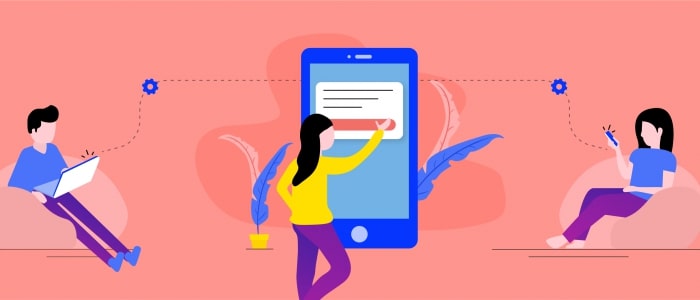
6. Use triggered email with other marketing channels
Your subscribers are engaged on a variety of internet platforms. Are you incorporating email campaigns to encourage more engagement? When promoting products via email, use Facebook or Yelp review excerpts. Include your WhatsApp number or a live chat link so that you can easily text inquiries. Determine where your subscribers spend their time online and give new opportunities for them to interact with your brand.
7. Monitor results and improve your campaign
If you don’t track your stats, you’ll never know if your automated campaigns are providing results. Are your emails being opened by new subscribers? If not, you might want to improve your subject lines. Are your subscribers opening your emails but they didn’t complete the action you wanted them to? Only by tracking your results can you have answers to these questions and make improvements on your campaign for better results.
Use AVADA Marketing Automation To Send Triggered Marketing Emails
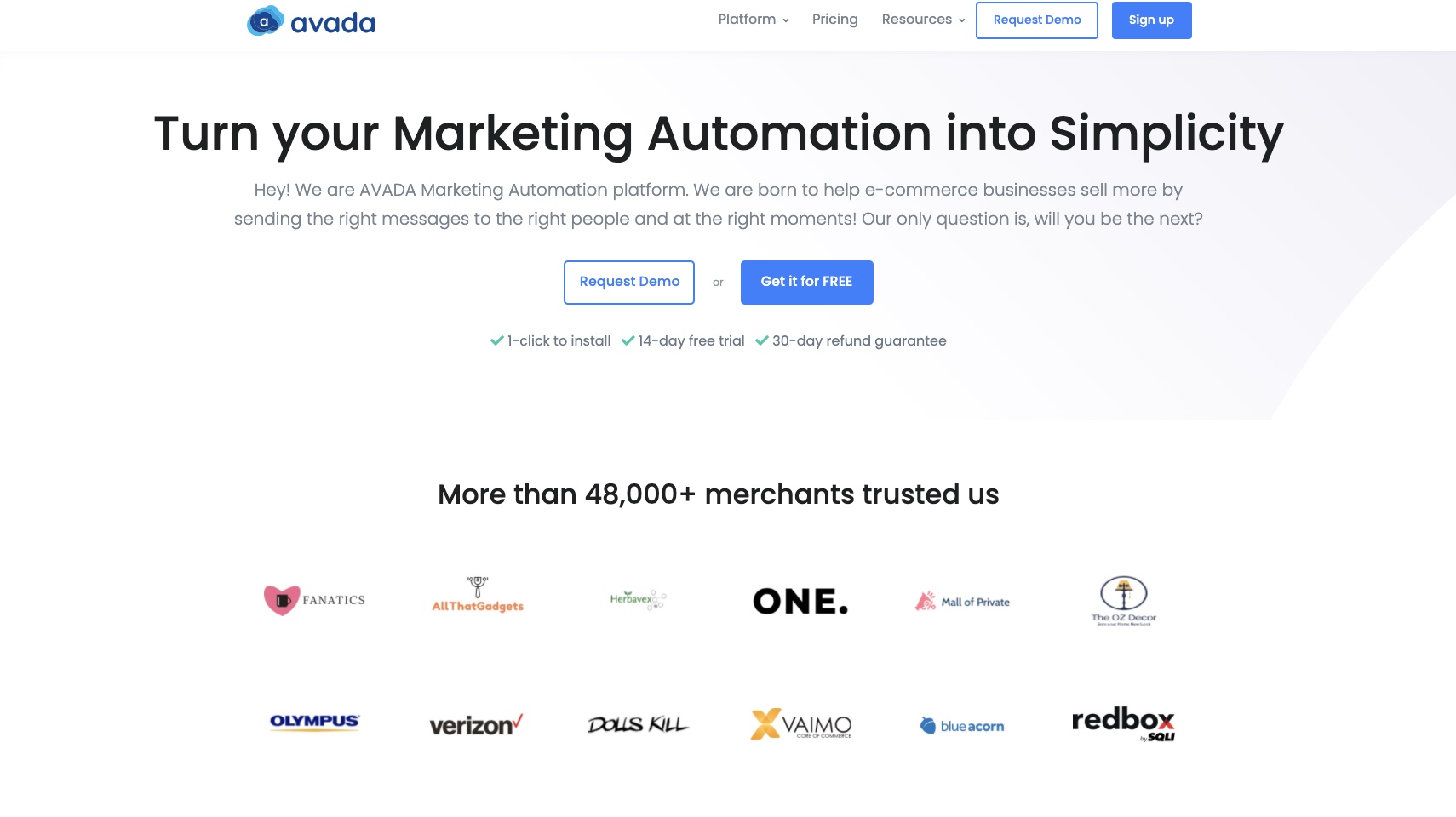
AVADA Marketing Automation is a multi-channel email and SMS marketing platform that can help you get started with triggered emails. Main features include:
- Triggered Email workflows
- Lead capture
- List segmentation
- Abandoned cart saver
- Drag-and-drop email builder
- Advanced data tracking.
This tool is very suitable for startups and small businesses due to its user-friendliness and affordability. Paid plans start at $9/month for 1,000 subscribers, unlimited emails and full features. There’s a free forever plan for 15,000 emails and 1,000 subscribers that you can use to try out the app. Sign up now!
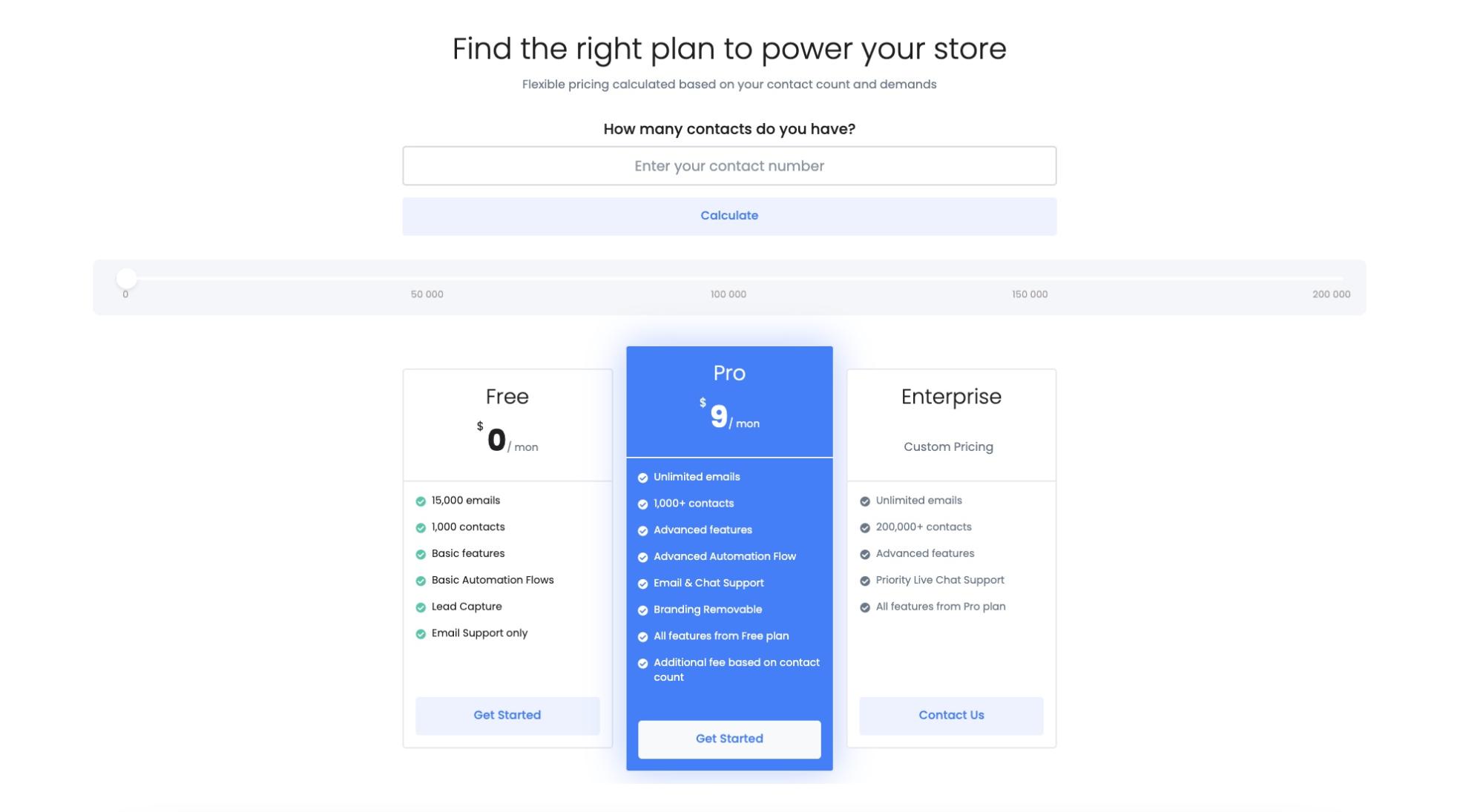
Final words
That’s it! I hope this article has provided you with valuable information about how to send triggered marketing emails. Please feel free to leave comments below for further discussion on this topic!
New Posts








